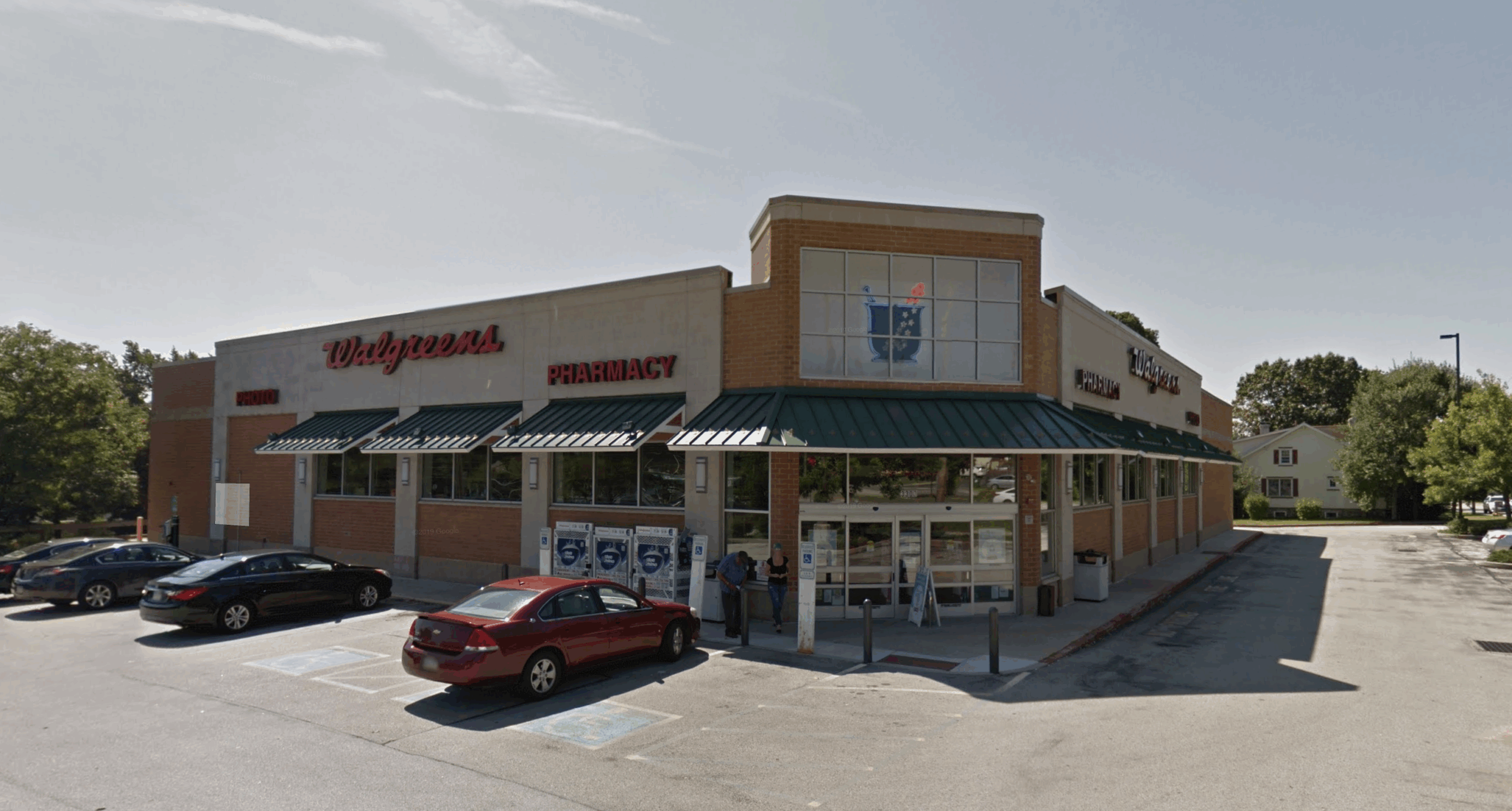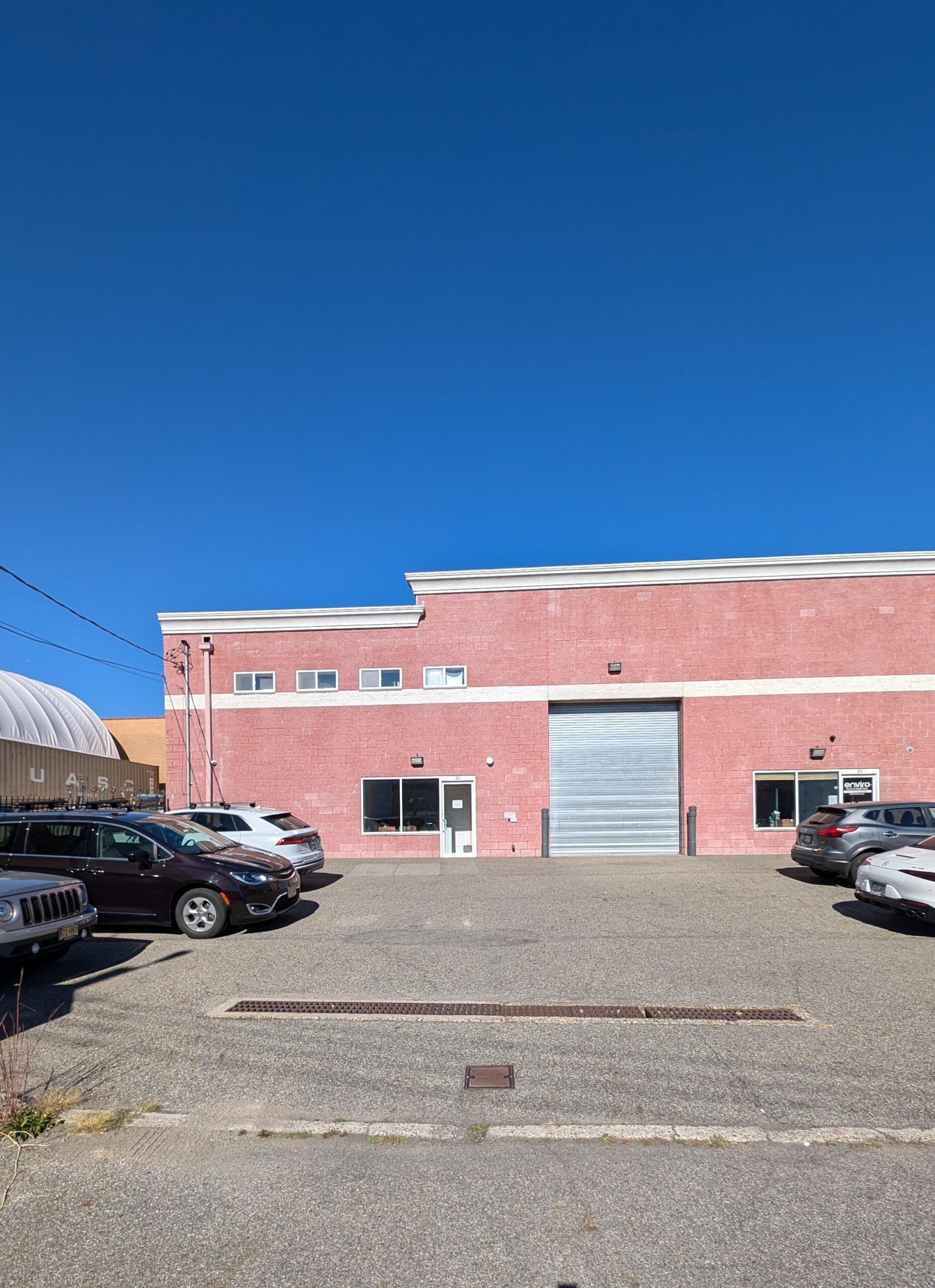Why Does The Weather Matter?
If you are living anywhere in Colorado you know that winters can be a bit brisk. In Boulder the temperature between November and March won’t often get above 50°F and hitting below 22°F is not uncommon. While few people want to get outside and paint their house in these conditions, it seems to often be the time of the year when homeowners are looking for inside jobs that can improve their home, and interior decorating seems the obvious choice.
If you take the time to talk to the Best Boulder CO painters you will find that this is absolutely doable, but there are a few things that you need to be aware of with painting in winter conditions.
Thankfully Boulder is pretty dry, so you don’t need worry about your paint not setting due to the extreme humidity levels in other parts of the country, however paint does need a certain temperature range to cure properly, and although the will depend on the type of paint you are using, 22°F is going to be too cold.
If your room is not warm enough you might find that your paint does not set, or doesn’t set properly, which means that if you put on a second or third coat you will end up with a paint job that will peel and crack, and just generally look horribly.
If you heat your room up but don’t have any ventilation you may cause condensation on your walls, which is also going to provide a very poor surface to paint on, and your paint is unlikely to adhere to the wall properly, which means you will have peeling paint in no time.
Should You Strip Old Paint and Wallpaper
It is not always necessary to strip the old wallpaper or paint off before you start, however in the few cases where it is considered advisable to leave the old surface as is, you will need to ensure that the surface is well cleaned. However, often you will find that if you paint directly onto the old wallpaper or painted wall then you are merely recoloring the problems you already had rather than hiding them. https://www.familyhandyman.com/walls/the-best-way-to-remove-wallpaper/
When you are talking to your interior painter, they should be able to advice which is the best option, and what will be required.
If you are going to be leaving the wall as-is you will need to ensure that it is well washed down to remove any grease or dirt that has built up over the years. A solution of warm water and liquid detergent should hopefully be enough to take off the worst, however you may need to use a sugar soap if there is a heavy build up.
Generally, your painter will prefer to do this preparation work themselves, as it is essential to get this base surface right or the paint will not stick. This will also include if the wallpaper or paint needs to be removed, as they have the right equipment to do this far more efficiently than most homeowners.
Fill the Holes – Painting Smooth
Whether you are stripping the walls or painting over them, you will want to ensure that your paint is going to be applied to a smooth surface. This may mean getting a good gobstopper or plasterer in to apply a smooth surface of plaster before the primer coat goes on, as well as ensuring that any holes or dents are filled in.
One way to see yourself if there are any areas that will likely need to be fixed is to get a very, very, bright halogen lamp in the room, this will usually show up any issues with the walls.
Gloss, Semi-Gloss, Matt, Satin?
It is a good idea to also talk to your painter about what sort of finish they would recommend for your room. Although a gloss is very easy to keep clean as dirt (and crayon) can be easily wiped off, it will also show up any marks or dents in your walls. It is often preferred to use on wooden doorframes or windowsills which tend to see more dirt than a wall and which also tend to be made of a solid wood.
For an older home with more problems with the wall surface you may be recommended to look at matt colors, although these will unfortunately often show marks easier, and those marks will often be harder to remove, so is not usually going to be suggested if you have young children or pets. However, a semi-gloss might give you the best of both worlds (see here for the difference between gloss and semi-gloss paints).
Before you fix on a color make sure that you have spoken to your painter about what sort of paint they would recommend. You may also find that your painter has a preferred brand to work with that is different from your local hardware store, this can mean slightly different color variations, so if you have a very definite idea of what particular shade you want it is doubly important to consult with a good painter and discuss your color options.
You can get more than one quote for the job and ask a few questions from your prospective painters to ensure that you and they are both on the same page. If the preparation work is done well your paint job will last you for years; and if the color turns out to be all wrong for the room, the right prep work can make repainting a breeze.







Leave a Comment